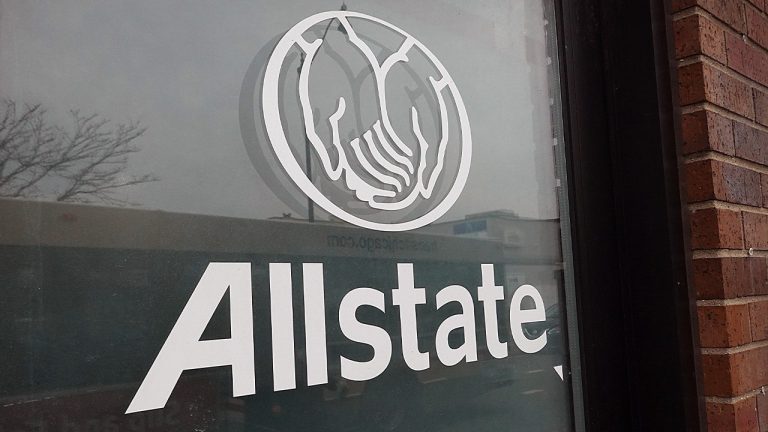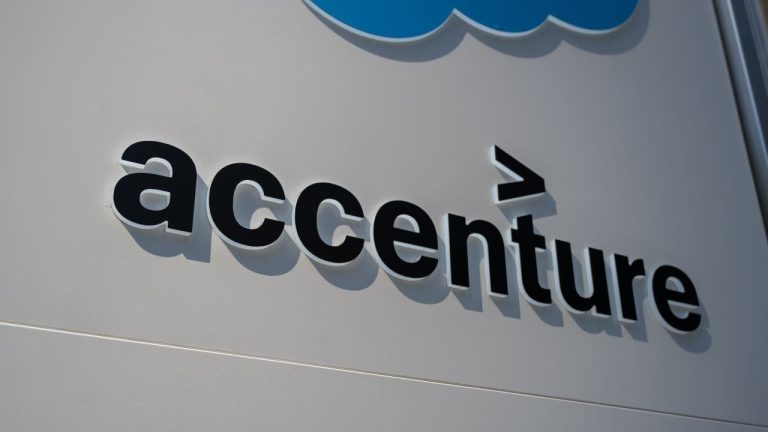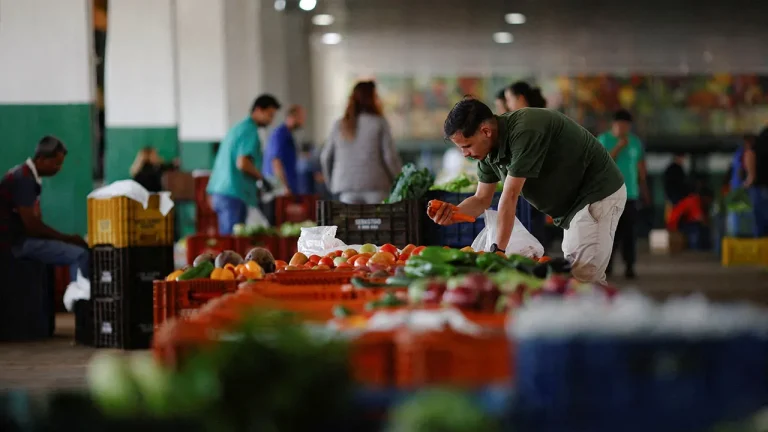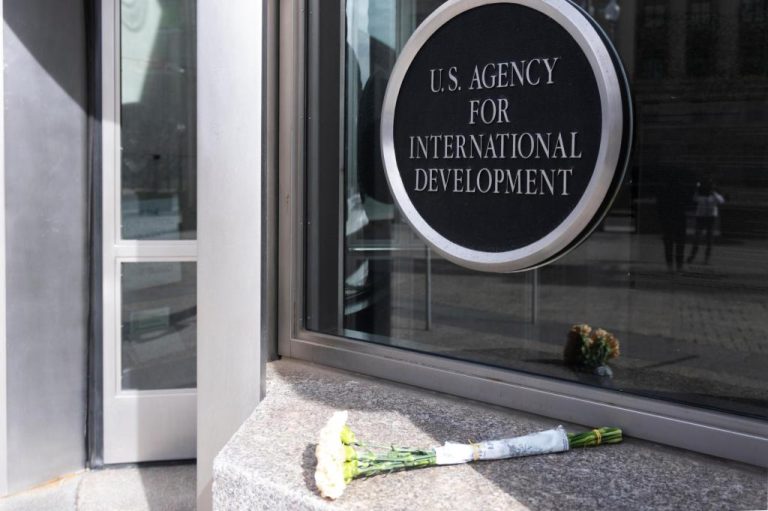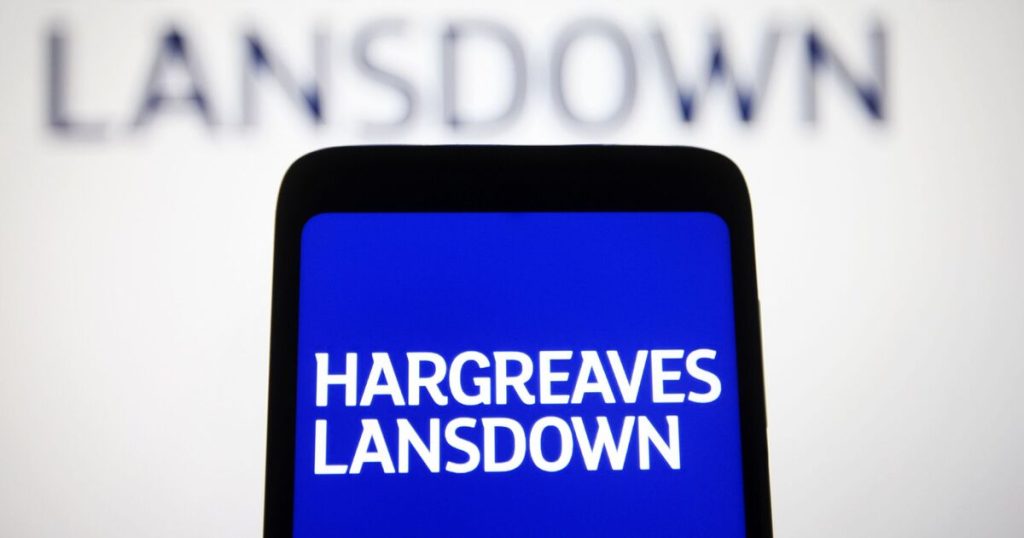
Investment platform and ISA account firm Hargreaves Lansdown has issued an unwelcome message to customers following the Bank of England’s decision to cut interest rates.
Hargreaves sent a message to its users outlining that it is going to reduce the amount of interest it pays out on uninvested cash held in its accounts.
For cash held in an ISA, The company has reduced the interest rate on balances of over £100,000 from 3.25% to 3.15%, and at the other end of the scale, balances of £0 to £9,999 are now 2.30%, down from 2.50%.
For £10,000 to £49,999 balances, the rate is now 2.40%, down from 2.70%, and the rate has decreased from 2.90% to 2.50% for balances of £50,000 to £99,999.
Hargreaves Lansdown said: “On 6 February 2025, the Bank of England cut the base interest rate from 4.75% to 4.5%.
“Following this change, from 10 March 2025 we’re changing the interest we pay on uninvested cash.
“Interest in all ISA and SIPP accounts is paid free from UK income tax. Interest in all other accounts is paid gross and you are responsible for paying any tax due on interest that exceeds your Personal Savings Allowance to HM Revenue & Customs. Tax rules can change.”
Hargreaves adds that it’s generally good practice to keep some savings in cash rather than invest everything.
It said: “The first thing you should do is build your emergency pot.
“Unexpected costs are, well… unexpected. And they can put you in debt if you’re not prepared for them.
“Therefore, you need to prepare – even if you have a steady income.
“People who are renting are far less likely to have more in savings. Around half fall short compared to around a quarter of those with a mortgage.
“We also found for those earning between £30,000 and £50,000, more than 30% didn’t have at least three months’ worth of essential expenses saved for a rainy day. This increased for those earning less than £30,000 a year to around 60%.“There are even big gaps in emergency cash savings among people you’d expect to be able to save with ease. Some 8% of people with household income of £70,000 to £100,000, and 11% of those above £150,000.”


